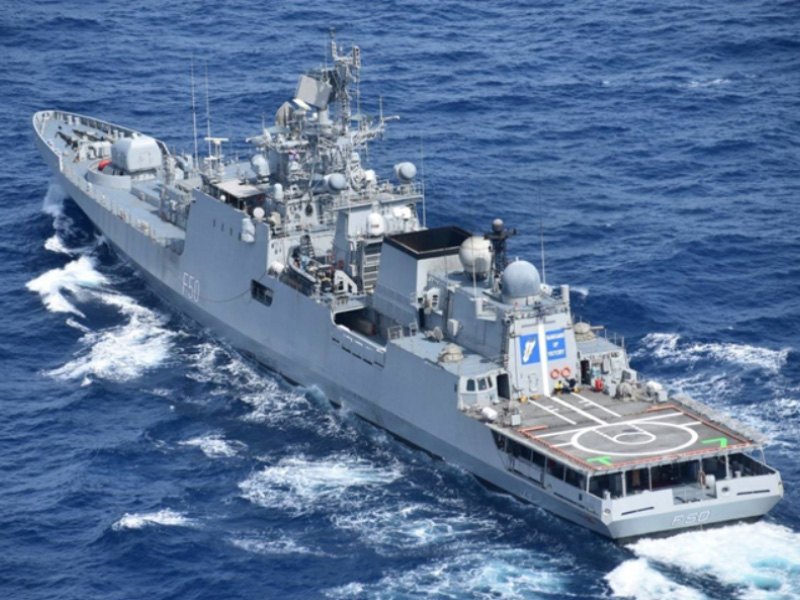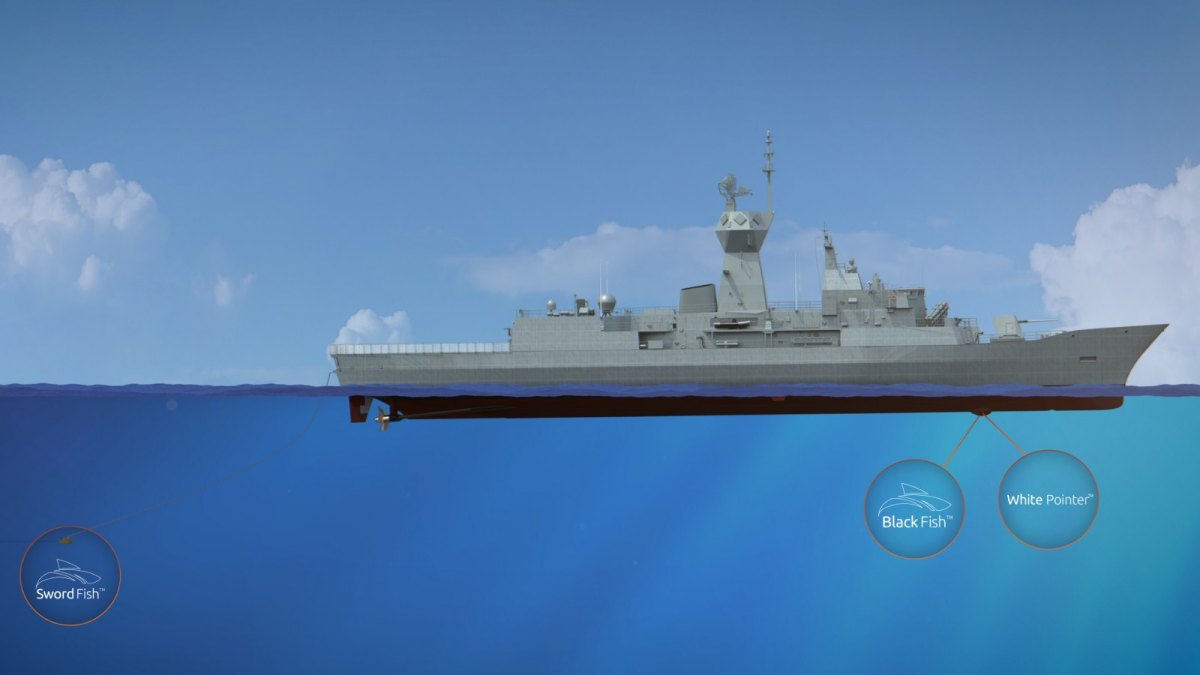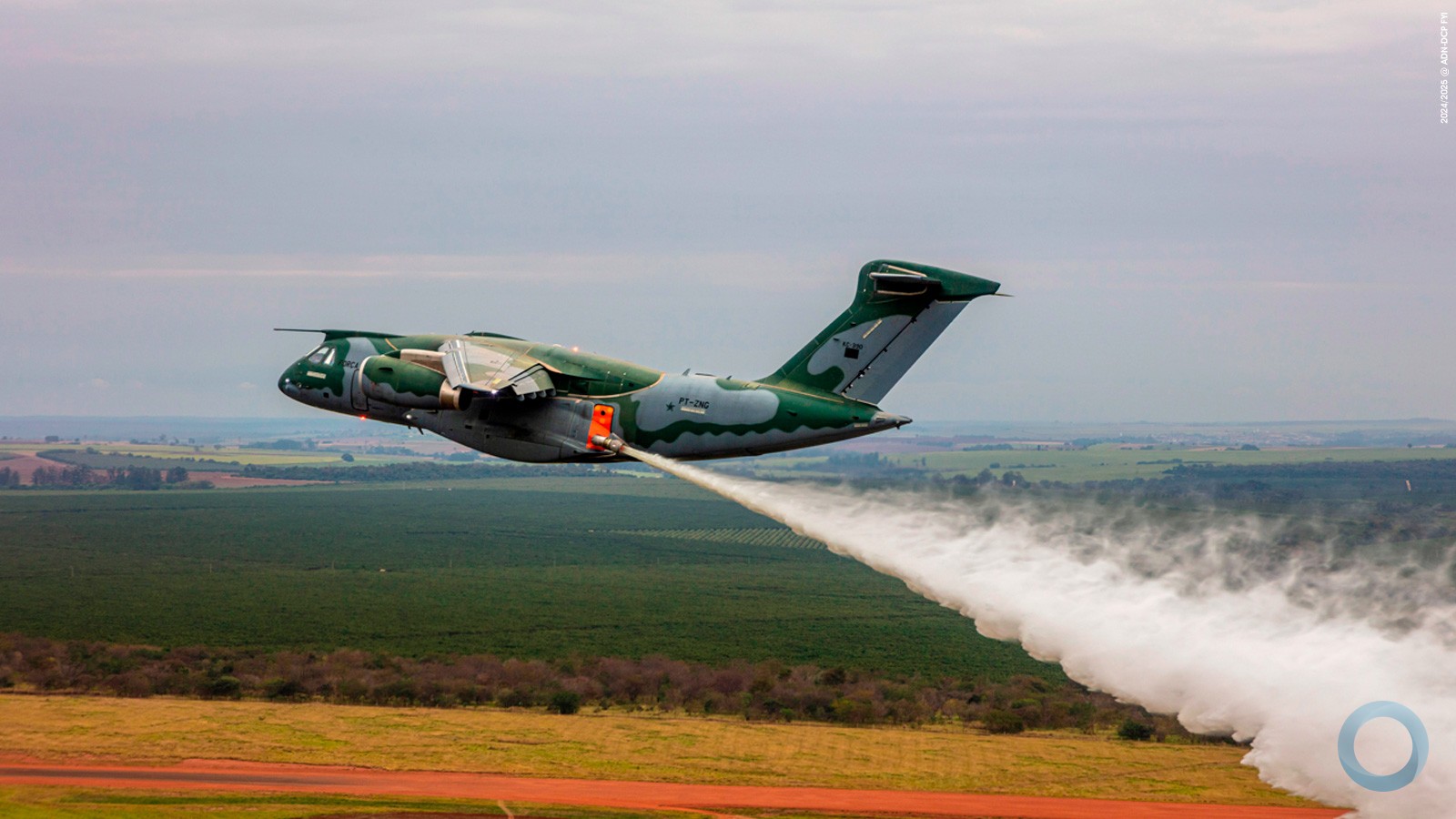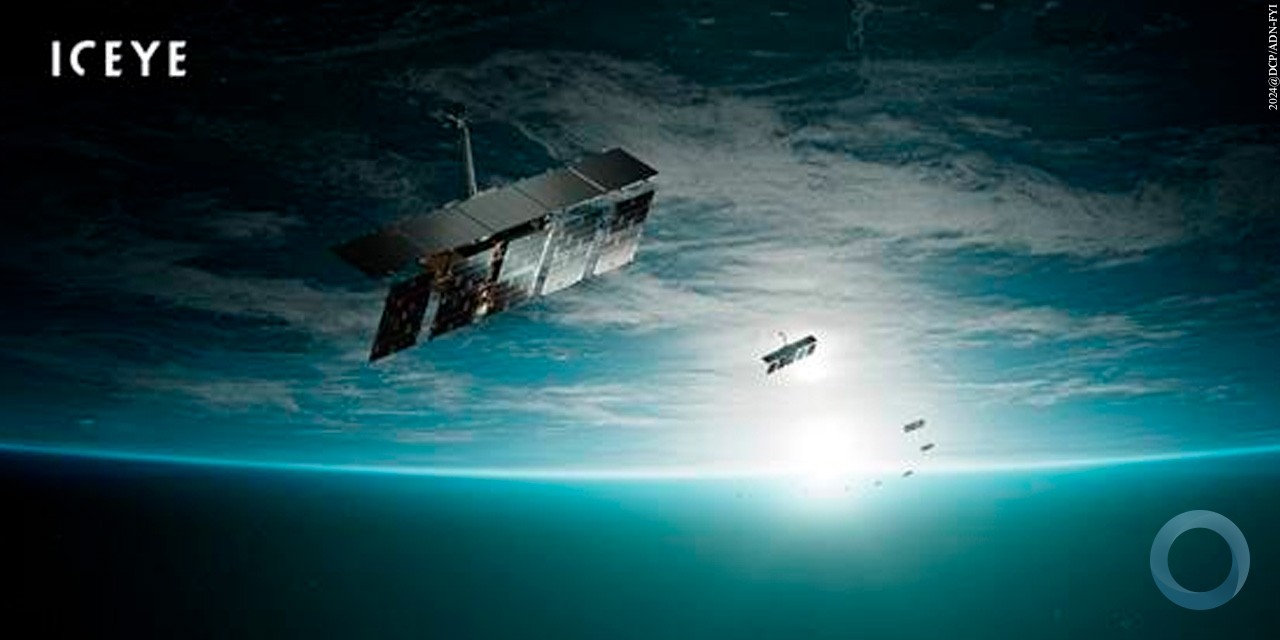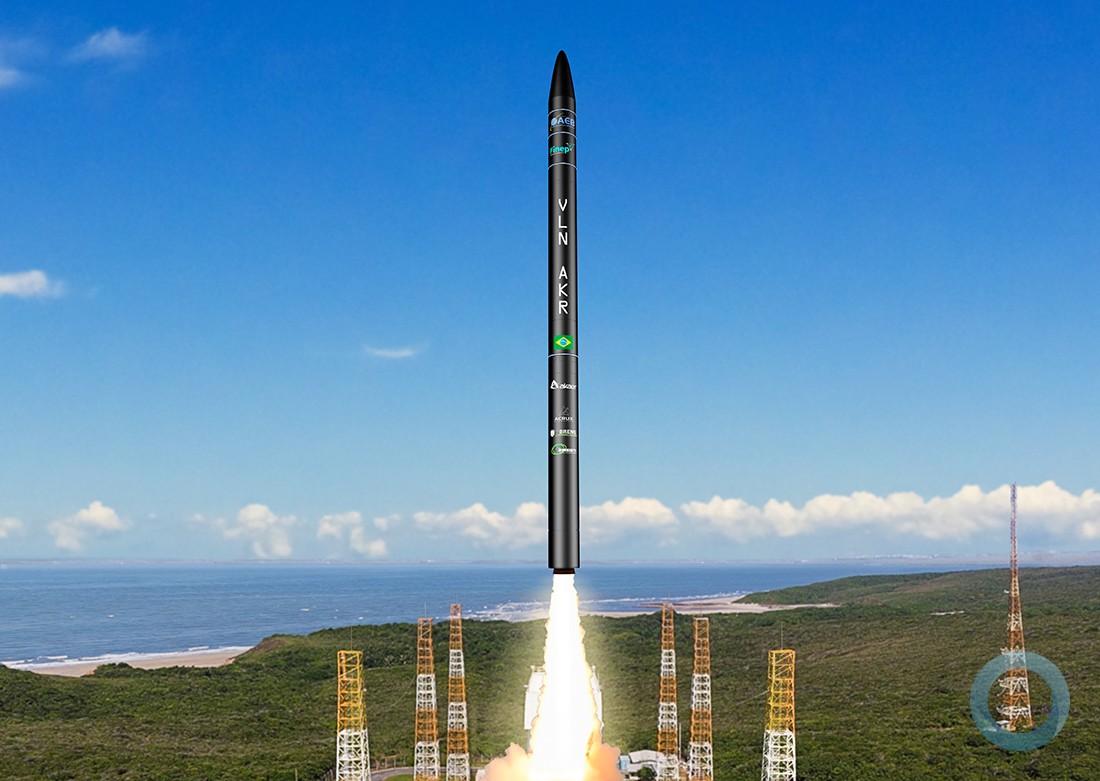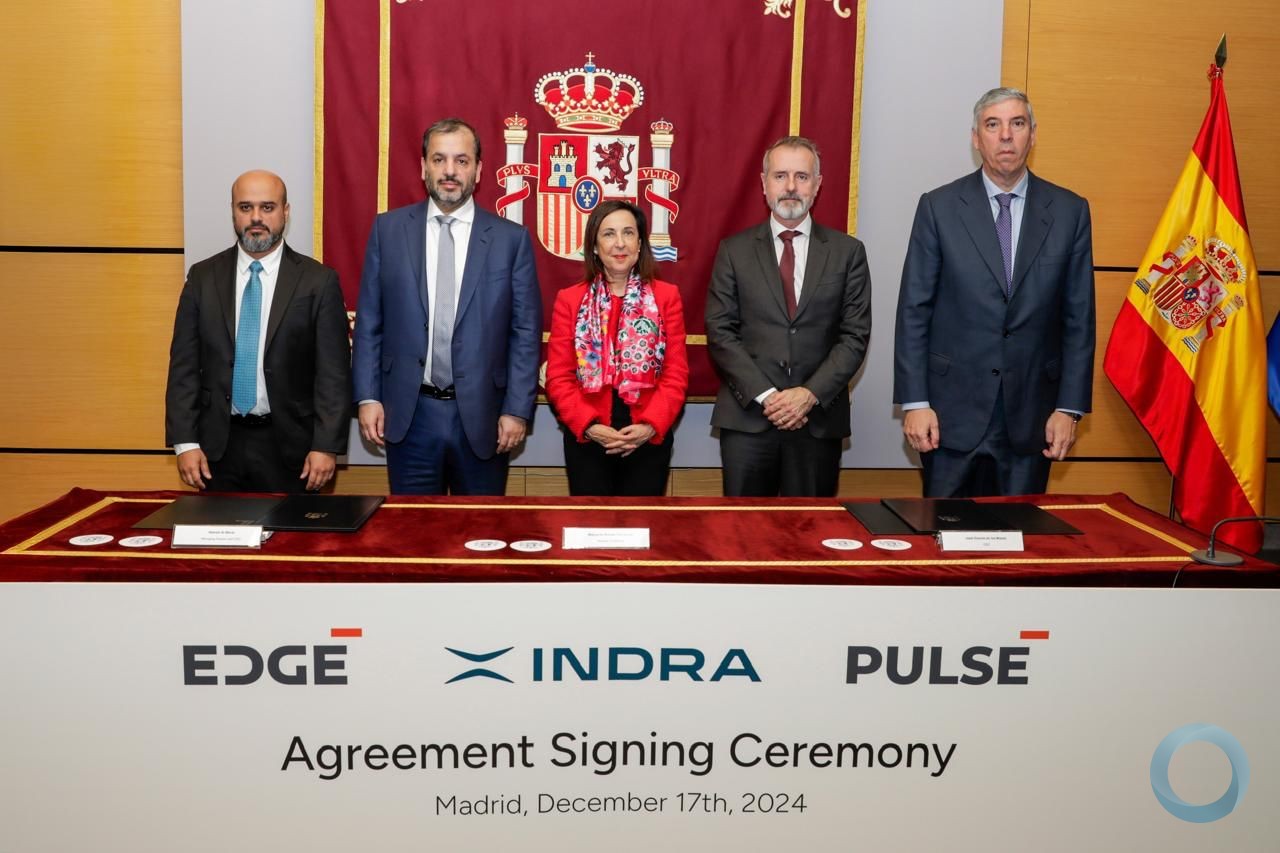Construction of the Damen Antarctic Supply Research Vessel (ASRV) has taken an important step forward with an official keel laying ceremony. Following the long-established maritime tradition of placing a coin under the vessel’s keel, the ceremony was carried out by Dr Nick Gales, Director of the Australian Antarctic Division (AAD).
The keel laying of the ASRV took place at Damen Shipyards Galati, Romania. The ceremony was attended by invited guests and business contacts, including the Romanian Ambassador to Australia Mrs Nineta Barbulescu, and CEO of Serco Asia Pacific Mark Irwin.
Maintaining traditions
Placing a coin under the keel of a ship at the start of construction is a traditional part of the shipbuilding process. In the case of the ASRV, the choice of one particular coin was symbolic; it was a Dutch silver coin dated 1642, the year that Dutch explorer Abel Tasman become the first European to reach Tasmania. Tasmania is not only where the offices of the Australian Antarctic Division are located, but the island’s capital, Hobart, will be the ASRV’s home port.
Damen is building the ASRV for Serco Defence on behalf of the Australian Department of the Environment and Energy. Damen Schelde Naval Shipbuilding in the Netherlands is responsible for engineering and project management, and Damen Shipyards Galati will perform vessel construction and outfitting.
Speaking at the event, Dr Gales said, “This vessel is an important development for Australia’s work in the Antarctic. It will ensure the future of the crucial research being undertaken there for the next 30 years. The people of Hobart will be impressed, both by the considerable increase in size, and in capabilities compared to the predecessor vessel.”
Damen Area Director Asia Pacific Roland Briene, said, “The ASRV, already at this stage in the shipbuilding process, demonstrates the close collaboration between Damen, the AAD and Serco. We are looking forward to the fruitful continuation of our partnership as we take the project forwards in the coming months.”
Supply and research defined
The ice-breaking ASRV is a multi-mission vessel that has been designed to undertake a variety of roles. In terms of supply, the 160-metre long vessel will provide Australia’s three permanent research stations on the Antarctic continent and its research station on Macquarie Island with cargo, equipment and personnel. This will be facilitated by the ability to stow more than 100 TEU.
In terms of research, the ASRV signifies the Australian government’s commitment to a long term scientific programme focused on the understanding and stewardship of the Southern Ocean. With laboratory and office spaces totalling 500 m2, up to 116 scientific staff will be able to perform a huge range of cross-disciplinary studies of the biological, physical, chemical and geological systems of the region.
Damen Shipyards Group
Damen Shipyards Group operates 33 shipbuilding and repair yards, employing 9,000 people worldwide. Damen has delivered more than 6,000 vessels in more than 100 countries and delivers some 180 vessels annually to customers worldwide. Based on its unique, standardised ship-design concept Damen is able to guarantee consistent quality.
Damen’s focus on standardisation, modular construction and keeping vessels in stock leads to short delivery times, low ‘total cost of ownership’, high resale values and reliable performance. Furthermore, Damen vessels are based on thorough R&D and proven technology.
Damen offers a wide range of products, including tugs, workboats, naval and patrol vessels, high speed craft, cargo vessels, dredgers, vessels for the offshore industry, ferries, pontoons and superyachts.
For nearly all vessel types Damen offers a broad range of services, including maintenance, spare parts delivery, training and the transfer of (shipbuilding) know-how. Damen also offers a variety of marine components, such as nozzles, rudders, anchors, anchor chains and steel works.
Damen Shiprepair & Conversion (DSC) has a worldwide network of sixteen repair and conversion yards of which twelve are located in North West Europe. Facilities at the yards include more than 50 floating and (covered) drydocks, the largest of which is 420 x 90 metres, as well as slopes, ship lifts and indoor halls.
Projects range from the smallest simple repairs through Class’ maintenance to complex refits and the complete conversion of large offshore structures. DSC completes around 1,350 repair and maintenance jobs annually, both at yards as well as in ports and during voyage.
_lowres.jpg)






